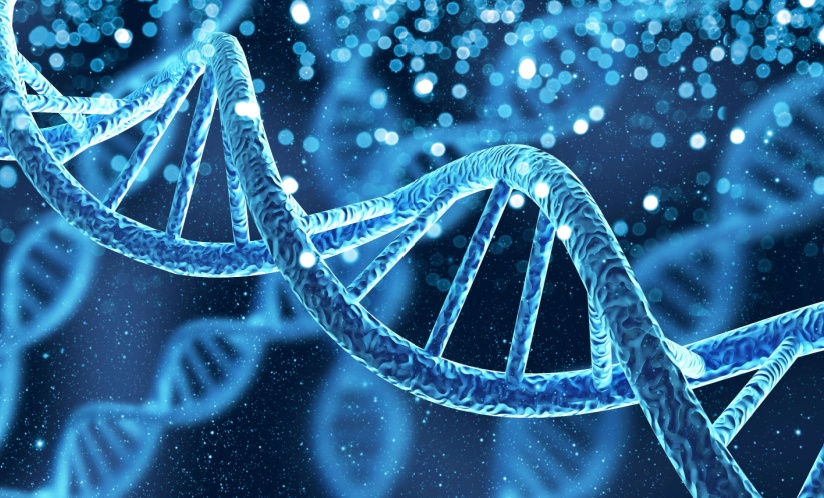Differences in Ovarian Cancer Tumor Genes Could Aid Clinical Decision-Making for Black Patients

Ovarian cancer diagnoses have been decreasing in recent decades, but it is still one of the leading causes of death from cancer for women. This is especially true for Black women, who are over 7% less likely than white women to survive five years after their diagnosis. Despite this, Black women are often underrepresented in ovarian cancer research.
The most common type of ovarian cancer is high-grade serious ovarian carcinoma (HGSC). In a recent study published in Cancer Research, researchers from Emory University’s Rollins School of Public Health and Huntsman Cancer Institute sequenced HGSC tumor samples from Black individuals to identify gene mutations and any differences from HGSC tumors in white individuals.
What They Found
The study is the first to comprehensively characterize somatic mutations (mutations in DNA that happen after birth) in Black individuals with HGSC. The results showed that the amount and frequency of mutations were extremely similar between white and Black individuals.
A few features of HGSC tumors were more common in Black individuals, including homologous recombination deficiency (HRD), a feature that makes tumors more sensitive to certain targeted therapies. Although HRD tumors are typically associated with better survival, Black women have higher mortality rates from this disease than other women.
Why This Matters
“This characterization of ovarian cancer in an understudied population such as this can hopefully impact clinical decision-making and inform targeted treatment for this disease,” says Joellen Schildkraut, PhD, Jules and Uldeen Terry Distinguished Professor of Women's Health at Rollins.